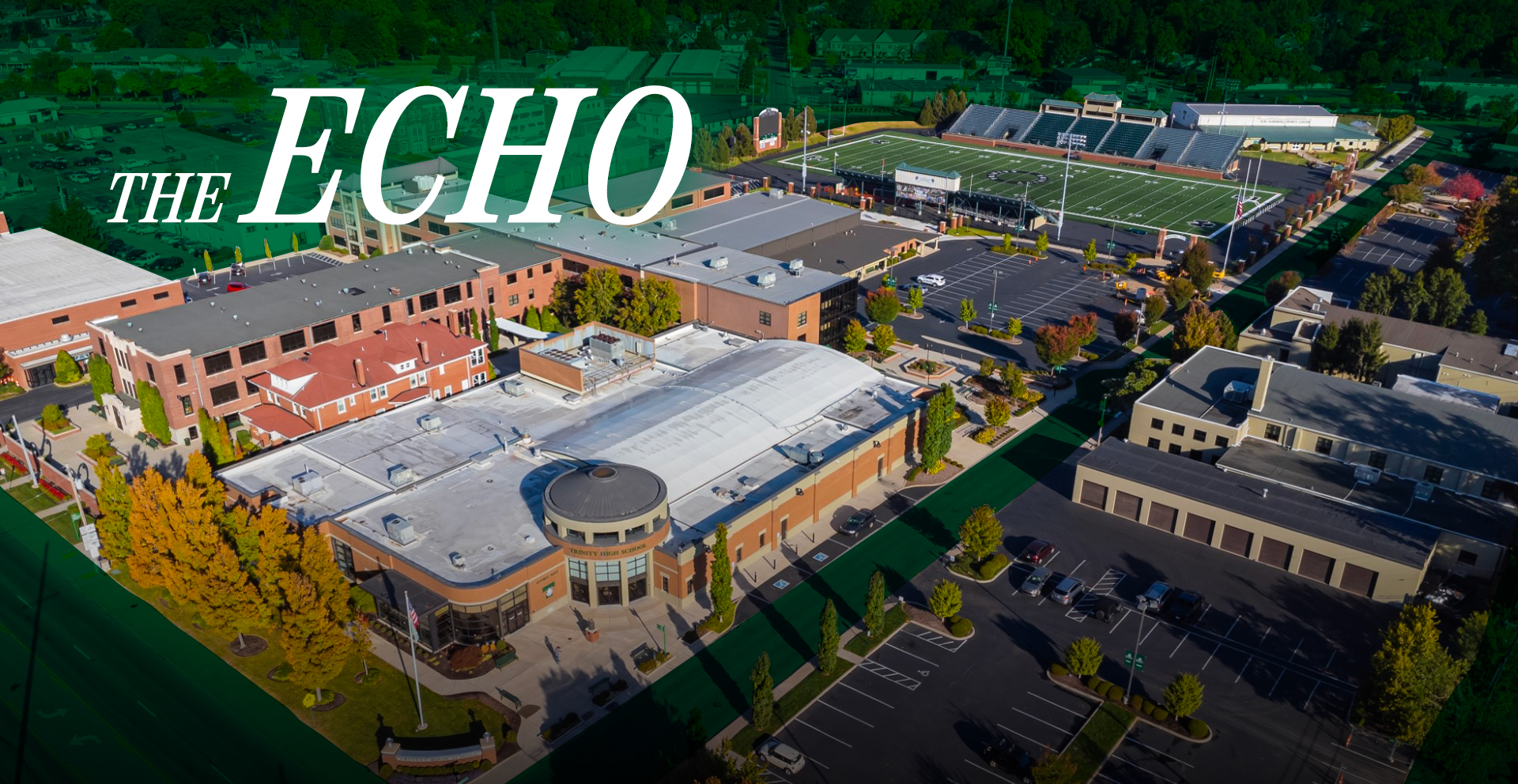Provide a Path to Citizenship for Immigrants
March 19, 2020

We live in a time where immigration policy is dictated by sound bites. While towering walls and garrisons of troops provide tantalizing tag lines on campaign advertisements and in stump speeches, they fail to recognize the economic, political and social complexities of the situation. No public policy problem presents a clear-cut solution, yet to sacrifice our country’s noblest ambitions for oversimplified, poll-tested one-liners would be a grave mistake. Immigration is a topic that necessitates nuance. The countless immigrants in the United States today play an essential role in our economy. If they are to achieve the American Dream we all aspire to achieve, we must enact solutions that recognize what is at stake in this policy. Congress must offer a path to citizenship for undocumented immigrants working in the United States.
American immigration policy is difficult to comprehend because of the copious bureaucratic distinctions between visas, waivers and designations. Nevertheless, people across our nation must rely on this system to work every day, whether to put food on the table or seek safety and liberty within our borders. Most documented immigrants in our country right now are here as guest workers. Our government operates two main guest-worker programs under the H-2 provision. For companies to import guest workers, they must first attempt to recruit workers within the United States. If they are unable to do so, they must meet requirements for recruiting, wages and working conditions. If these criteria can be met, they will maintain a temporary visa dependent on the employer, according to Rebecca Smith of the New Labor Forum.
The first type of guest worker program is the H-2A, which is designated for individuals in agriculture who pick fruits and vegetables or raise livestock. These H-2A workers are most prevalent in California’s Central Valley, Florida and Central Washington, as well as other states throughout the Southwest. The second type of guest worker program is the H-2B for non-agricultural workers. These individuals seek employment in manual labor service industries such as hospitality, janitorial and landscaping businesses. While the current system functions well in concept, there are serious flaws that undermine its basic effectiveness.
With any complicated system, there will be abuse of the system. Nonetheless, the current framework is especially easy to manipulate. Manufacturers and employers can artificially inflate the employment standards for open positions so no qualified American workers take the jobs. This allows businesses to distribute H-2A visas in situations where they are not truly needed, thus giving the employer the opportunity to hire employees.
When they choose to abuse these employees by withholding wages or instituting dangerous working conditions, the sponsor of the visa can withdraw and deport those affected who attempt to report wrongdoing. Additionally, some employers will withhold salient details to prevent labor from showing up to the job site, allowing them to use this visa program. Smith cites one apple grower in Washington state who used the H-2A after domestic workers failed to show up for work when no address was provided. Businesses can manipulate the rules by creating an artificial labor shortage, which essentially invalidates the current provisions. We need an immigration system that will protect American workers, not from competition but from manipulation.
While a path to citizenship may seem bold, it is reminiscent of a program that existed nearly eight decades ago, according to David G. Gutiérrez in “The ‘New Normal’? Reflections on the Shifting Policies of the Immigration Debate.” From 1942 to 1964, the Bracero Program facilitated the labor of 4.5 million Mexican nationals in the United States who filled a labor shortage. When Congress passed the Johnson-Reed Act in 1924, they aimed to slow down the rate of immigration by placing quotas on individuals from European and Asian countries.
An unintended consequence of this legislation resulted in an influx of Latin American laborers. Without the previously established immigrant bases to fill new jobs in the booming economy, employers had to turn to a new source. From the end of the Great Depression to today, the United States has had a consistently large population of immigrant workers from Latin America. Even during the Bracero Program, there was a two to one ratio of undocumented workers to legally contracted workers in the United States.
Even in more recent times, other administrations have experimented with similar programs. Mr. Blake Napper, an American history teacher at Trinity High School, pointed out that the Obama administration implemented the Deferred Action for Childhood Arrivals – or DACA – via executive order to provide a path to citizenship for children brought to this country by their parents. A path to citizenship has already been implemented to varying degrees at varying scales. It is time for America to adopt a widescale program to finally achieve these lofty goals.
An important idea to keep in mind while discussing immigration is that no one section of public policy is truly independent. Undoubtedly, then, this policy would have deep ramifications on our foreign policy. When analyzing this, it is essential to examine our relationship with Central America and South America. For years, according to Mr. Ethan Morris, a world history teacher at Trinity High School, America used a derivation of the Monroe Doctrine to muscle countries from Cuba to Chile to establish governments friendly to American influence.
These intrusive actions have often served to spur waves of emigrants to abandon their countries in search of a better life in America. Right now, our relationship with Central America and South America is in tatters and in need of restoration. Offering a path to citizenship would offer a commitment to these countries as a sign of our long-term interdependence. Immigrants in the United States play a large role in the economies of their home countries.
Napper said as workers spend hard days making lower wages, part of that income leaves the United States economy and is wired across the globe in the form of remittances. If the United States government makes it easier for immigrants to integrate themselves into our economy, they can make steadier income, which will provide a more constant cash stream back to their home countries. This will serve to help stabilize war-torn, poverty-stricken nations in Central America and South America.
One reason the immigration conversation typically takes a negative turn in election season is that a more inclusive voter policy does not attract many voters because it is cast as a zero-sum game of economic winners and losers. We need to reanalyze the relationship between immigration and the health of our economy all together. According to Morris, if we can incorporate these individuals as citizens, industrial unions will see the memberships swell and an increased power at the negotiation table to ensure better wages. Additionally, giving citizenship to undocumented immigrants makes sure that these individuals are taxed fairly.
Right now, the children of immigrants can attend public schools, which helps their economic mobility. Citizenship allows immigrant families to build equity while also paying property taxes to help fund schools. Napper points out that offering a path to citizenship helps to ensure just taxation in the United States. Americans, both native-born and immigrant, should have equal opportunity and equal responsibility. While many immigrants bear many of the responsibilities of an American citizen, they are often prevented from realizing the opportunities because of a legal status that remains in limbo.
A path to citizenship allows laborers already in the United States without stable immigration status to find ways to set down roots. Likewise, it offers the Department of Labor a means to enforce stricter rules on growers and employers so that American and foreign labor remains competitive. The United States has experimented with integrating immigrants further into our culture and legal framework in the past, and by offering a path to citizenship, we are making it possible to extend a codified olive branch to further the legacy of past programs.
In his paper, Gutiérrez wrote, “At the very least, considering the alternate methods of incorporation and membership would involve acknowledging and trying to rein in the current system of flexible accumulation based on flexible exploitation that strips power from working people regardless of whatever nominal citizenship they happen or happen not to hold.”
It is our responsibility to determine if we believe this system truly functions to the best of its capabilities. With careful examination, one would surmise that we are capable of a better immigration system. It is the responsibility of our government to ensure a just framework for our future.

